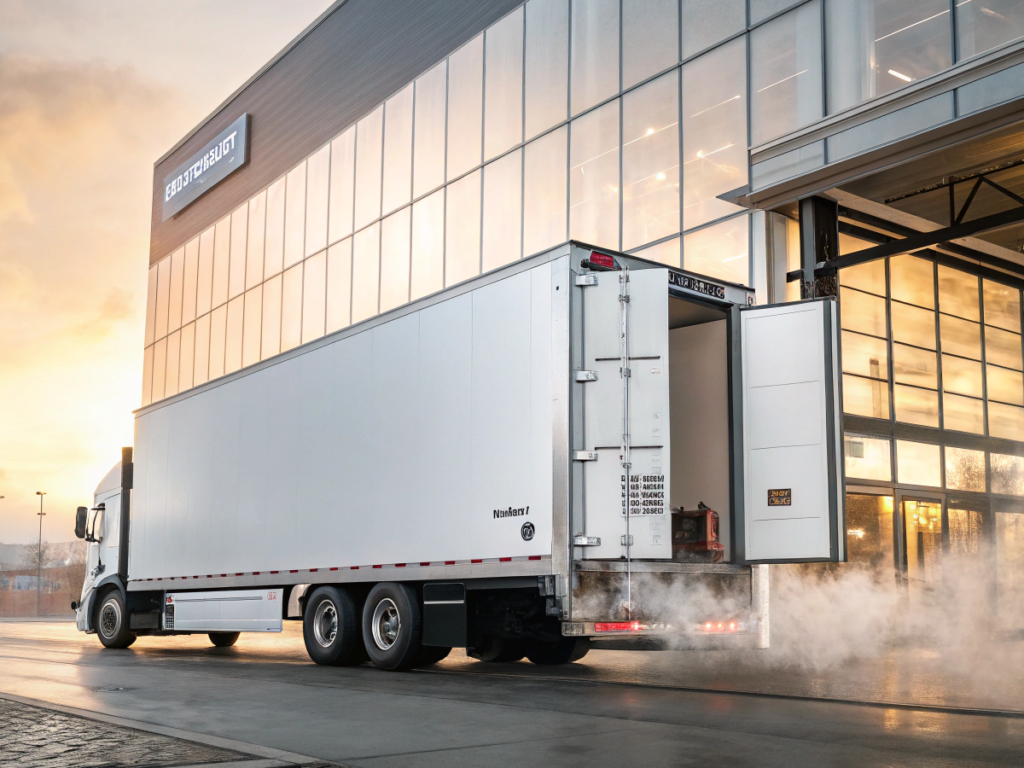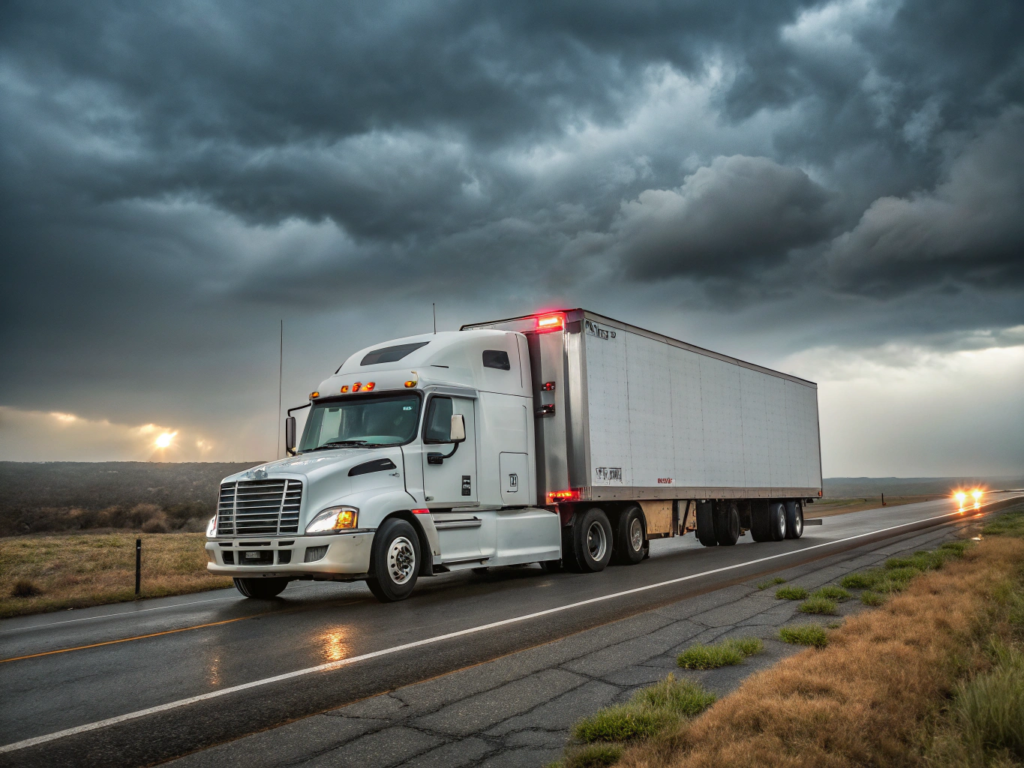
Installing a fuel solenoid without a proper checklist can cost both time and money. Let’s walk through a simple, proven way to get it right.
You should always verify compatibility, cleanliness, wiring setup, and pressure ratings before installing a fuel solenoid valve in transport refrigeration systems.
A few years ago, I skipped one of these steps. It led to a leaking valve, unexpected downtime, and an angry client. Since then, I created my own checklist—and I never install without it.
[Table of contents]
Why is verifying compatibility so important before installing a solenoid valve?
A mismatched solenoid can fail within days and damage other components.
Always confirm voltage, fitting size, and mounting style match the equipment manufacturer's specs before starting.

Matching specs avoids downstream issues
I once received a call from a distributor in Texas. His team had installed a 24V valve on a 12V Carrier unit. The result? Burnt coils, a $400 service call, and a frustrated fleet customer. Simple oversight—completely avoidable.
Here's my quick match-up table:
| Item | What to Check |
|---|---|
| Voltage Rating | Match with system voltage (12V or 24V) |
| Thread/Fitting Size | Confirm match with fuel line connector size |
| Coil Type | Confirm AC/DC type and duty cycle |
| Mounting Orientation | Follow OEM-recommended position |
Is the fuel system clean and ready before installing?
Dirt and metal debris ruin new valves faster than poor wiring.
Flush the fuel line and filter the diesel before installing the solenoid valve to prevent clogging and early failure.
Cleanliness extends part life
I used to overlook this step—until a client from South Africa called. The brand-new solenoid stopped working in 3 weeks. We later found small metal shavings from an earlier fuel pump repair stuck in the valve seat. We replaced the solenoid, flushed the system—and the new one is still running today.
Use this simple prep:
- Disconnect fuel line before install
- Use compressed air to blow out debris
- Replace inline filter if older than 6 months
How can wiring errors ruin a new fuel solenoid valve?
Incorrect wiring is one of the most common reasons solenoids fail.
Test voltage output, check for reversed polarity, and secure connections before powering up the valve.
Protect your coil from burnout
Once, a small repair shop in Canada replaced a 12V valve. But the wiring was reversed. Within 10 minutes, the coil overheated and shorted. That’s a $45 part destroyed before the trailer even left the yard.
Here’s a basic checklist I follow:
- Use a multimeter to confirm voltage at connector
- Match wire colors with installation diagram
- Avoid loose terminals and tape-only fixes
- Add a fuse in-line if none is present
Should pressure ratings be double-checked before installing?
Yes—pressure mismatch can cause leaks or unsafe operation.
Make sure the solenoid’s rated pressure range matches the engine’s fuel pressure.
Don’t trust the label—verify the system
In Australia, one client used a solenoid rated for max 50 psi on a diesel system that regularly spiked to 90 psi. The valve started seeping within 2 months. Always check both idle and peak pressures.
What to compare:
| System Part | Typical PSI Range |
|---|---|
| Diesel fuel system | 20–90 psi (varies) |
| Solenoid valve rating | Confirm upper pressure limit (e.g., 100 psi) |
Even small mismatches can reduce lifespan dramatically.
Conclusion
Proper checks avoid failures and ensure smooth installation.






